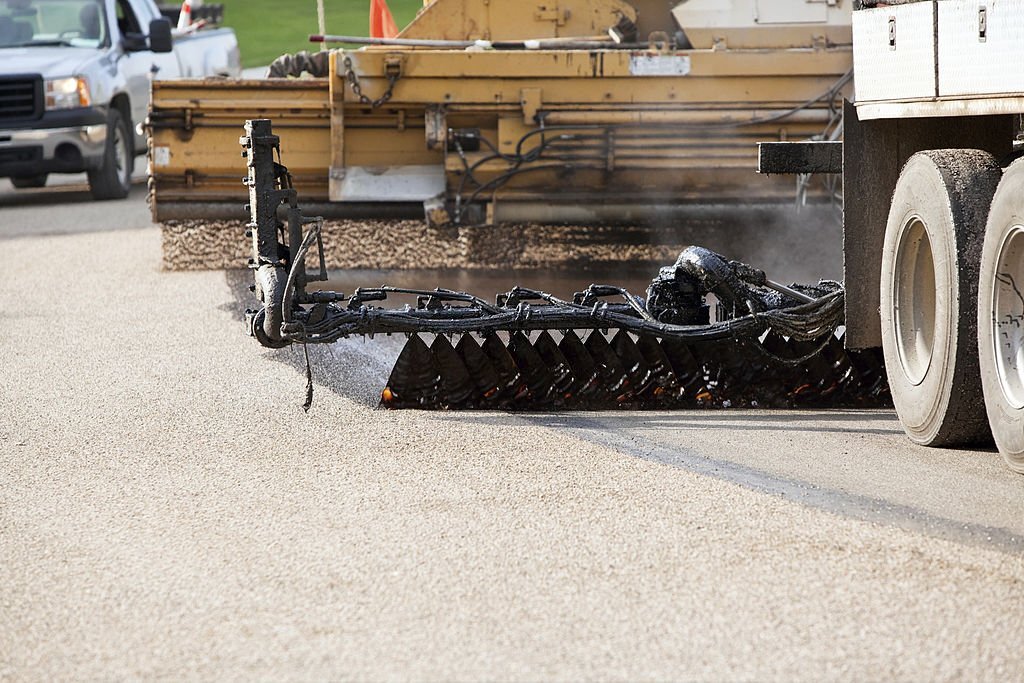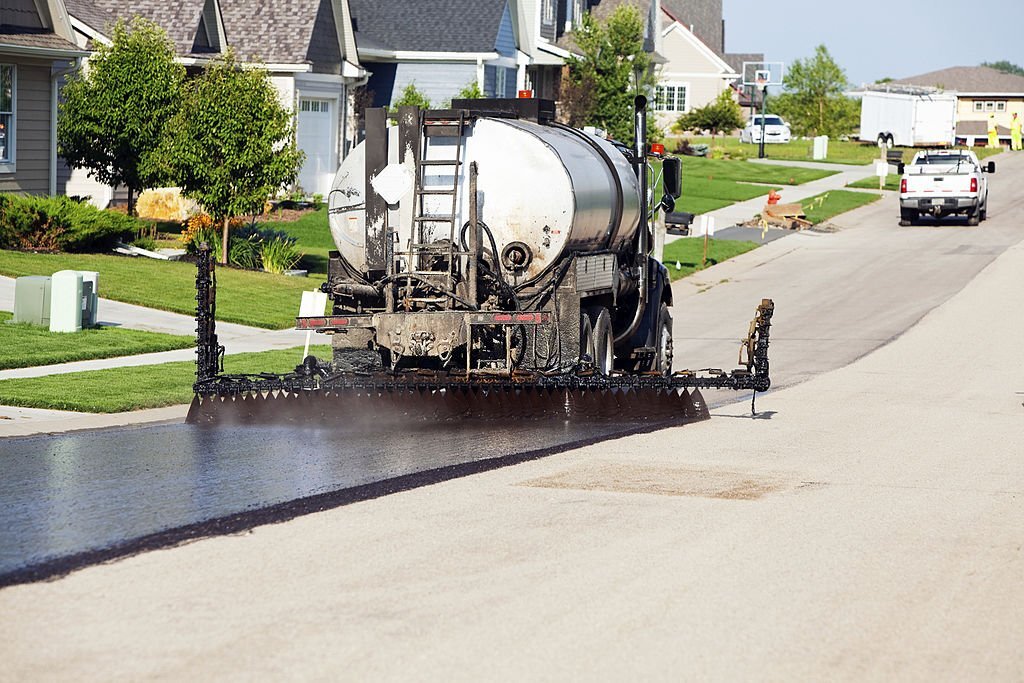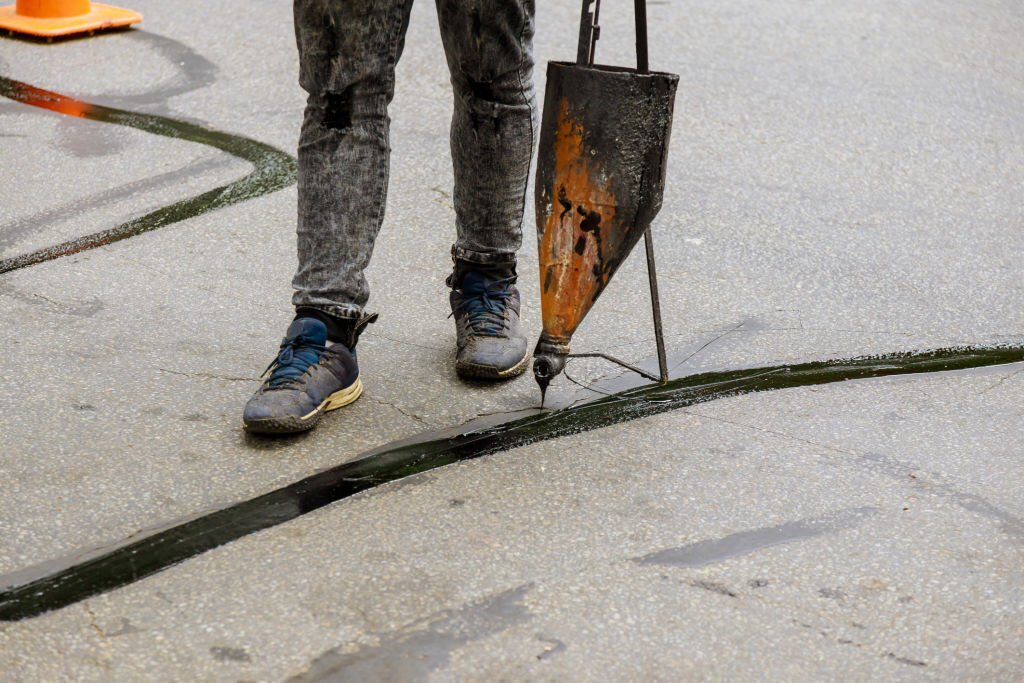Sealcoating

- Sealcoating serves as an essential asphalt maintenance process, acting as a protective shield against oxidation, moisture, fading, and erosion for asphalt surfaces. It plays a critical role in preserving the integrity of your pavement, particularly in a parking lot setting.
- In the realm of pavement management, sealcoating stands out as a crucial component. Its primary function is to safeguard asphalt surfaces from the detrimental effects of chemicals, snow salt, water, and the harsh rays of the sun. By minimizing exposure to oxygen and UV rays, sealcoating ensures the long-lasting durability of asphalt and enhances the visual appeal of both the pavement and the property it serves.
- Sealcoating is a fundamental part of asphalt maintenance, providing a protective barrier that shields against oxidation, moisture damage, fading, and erosion. It is indispensable for maintaining the structural integrity of parking lots and other asphalt surfaces.
- As a vital element in pavement management, sealcoating acts as a robust defense mechanism. It shields paved areas from the corrosive impacts of chemicals, snow salt, water, and UV rays. This protective measure not only prolongs the life of asphalt surfaces but also enhances the overall appearance of the pavement and the property it adorns.


- Sealcoating is a paramount aspect of asphalt maintenance, serving as a barrier against oxidation, moisture infiltration, fading, and erosion. It plays a pivotal role in preserving the strength and functionality of asphalt surfaces, making it especially crucial for the maintenance of parking lots.
- Within the realm of pavement management, sealcoating is an indispensable practice. Its primary purpose is to shield asphalt surfaces from the detrimental effects of chemicals, snow salt, water, and ultraviolet radiation. By doing so, it extends the lifespan of the pavement, while simultaneously elevating the aesthetic appeal of both the pavement and the surrounding property.

